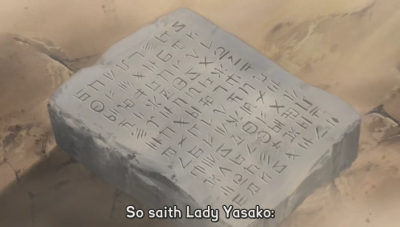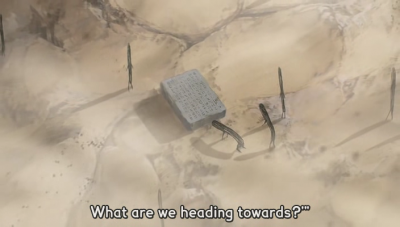An intrepid band of adventurers strike out on an epic quest to reclaim a mystical item from antiquity. It ends well.
Author: fledgling otaku
-
are fansubbers pirates?
Shamus has a three part series on PC game piracy in which he makes some concrete recommendations to the game industry. Part of Shamus’ premise is simply that video game piracy is a problem partly driven by the industry itself, with ever-increasing paranoid reliance on clumsy copy protection and authentication schemes that treat ordinary users like criminals and which do nothing to deter the thieves. He argues that the industry should accept a baseline level of piracy and attempt to incentivize users to buy the product rather than attempt to forestall it completely. His specific recommendations are:
1. Make sure the pirates can’t offer a superior product
2. Get closer to the community
3. Offer a demo
4. Entice them with valuable updates
5. Clean HouseHow does this apply to anime? It occurs to me that the rationale for the fansub industry is quite similar to game piracy. Region-encoding, release schedules, and unequal pricing seem to be the methods by which the anime industry attempts to control their product and which has created the vacuum which fansubbers have rushed to fill.
Do Shamus’ recommendations apply? It makes for an interesting thought experiment.
-
Dennou Coil 12: A Space Odyssey
This episode was largely tangential, but it was a blast. I mean that literally:
In a nutshell, Yasako becomes a God, literally. She communicates to her People, but they do not understand…
and they reject her counsel and engage in ultimate folly:
But ultimately they realize the error of their ways and embark upon a new age of enlightenment:
This episode paid homage to grand epic science fiction and philosophical themes rather than trying to actively explore them in any depth. It was a lot of fun as an interlude – not much in way of the larger plot was advanced. I just had a big goofy grin on my face the entire time.
-
Star Wars, as told by a little girl
I loved the part with the Pokeball.
-
9 inch EEE
The big news yesterday was the release of the 9-inch screen version of the Asus EEE PC, here shown alongside its little brother:
As you can see, the screen displaces the speakers that surrounded the screen on the original. I wonder how that affects sound quality – I’ve been surprised by how good the speakers are on the EEE thus far. Also, the new model is slightly larger, with a heavier hinge and deeper footprint. It also comes in your choice of the Linux or XP OS, though there still isn’t any word on US pricing.
The screen resolution is 1024×600, with the same pixel density as the 7-inch version. That is really appealing, but price remains the key – I wouldn’t want to pay more than $500 for an EEE because then I lose the value proposition over a regular laptop. I assume that ASUS will follow the Apple model and drop prices on the low end models as new ones come out. My expectation is that the new 9-inch will be in the 600 range, which is just too expensive for my usage model, but would still be appealing to a traveling business type.







